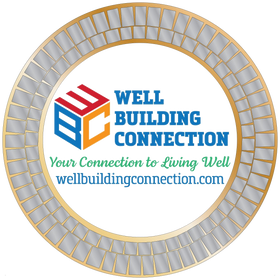Antimicrobial properties of copper, Brass/Bronze
Copper and brass/bronze have natural antimicrobial properties known since ancient times. In 1852, Victor Burq discovered that people working with copper had fewer cholera deaths. Researchers in 1973 confirmed copper's ability to control various microbes.
Recent studies show copper alloy surfaces can kill over 99.9% of E. coli within 1-2 hours. Copper's antibacterial effect is intrinsic to all tested alloys, increasing with copper content. Brasses also exhibit strong bactericidal properties, killing more than 99.9% of bacteria between 60–270 minutes at 20°C.
The rising cost of metals emphasizes the importance of maintaining copper's antimicrobial properties through regular cleaning. Antimicrobial surfaces inhibit microorganism growth and are crucial in healthcare for preventing infections. EPA-approved copper alloys reduce bacterial contamination by over 99.9% within two hours of exposure.
EPA registrations confirm that copper alloys continuously reduce bacterial presence, providing ongoing antibacterial action even after repeated use. These alloys are suitable for various settings, including healthcare facilities, public buildings, and residential areas.
EPA warranty statement:
Antimicrobial copper alloys remain effective as long as they are used as directed. Many copper alloy products are registered for use in healthcare facilities, public buildings, and other environments.
References:
[Antimicrobial properties of copper]
[Copper alloys in aquaculture]
For more information, see:
* Zaleski, Andrew, "As hospitals look to prevent infections, a chorus of researchers make a case for copper surfaces", STAT, September 24, 2020
* Salgado, Cassandra D., et al. "Copper Surfaces Reduce the Rate of Healthcare-Acquired Infections in the Intensive Care Unit"; Infection Control and Hospital Epidemiology, May 2013
[More references on copper's antimicrobial properties]
- ↑ "Test Method for Residual Self-Sanitizing Activity of Copper Alloy Surfaces", EPA
- ↑ "Test Method for the Continuous Reduction of Bacterial Contamination on Copper Alloy Surfaces", EPA
- ↑ EPA databaseArchived January 10, 2010, at the Wayback Machine (To read the registrations, insert 82012 in the Company Number box.)
- ↑ "Antimicrobial Copper Site -". www.antimicrobialcopper.com. Archived from the originalon October 17, 2012. Retrieved December 23, 2012.
- ↑ EPA Office of Pesticide Programs; Antimicrobial Copper Alloys; List of Approved Fabricated Products; pp. 5–10; http://www.epa.gov/pesticides/chem_search/ppls/082012-00001-20130322.pdfArchived March 11, 2020, at the Wayback Machine

